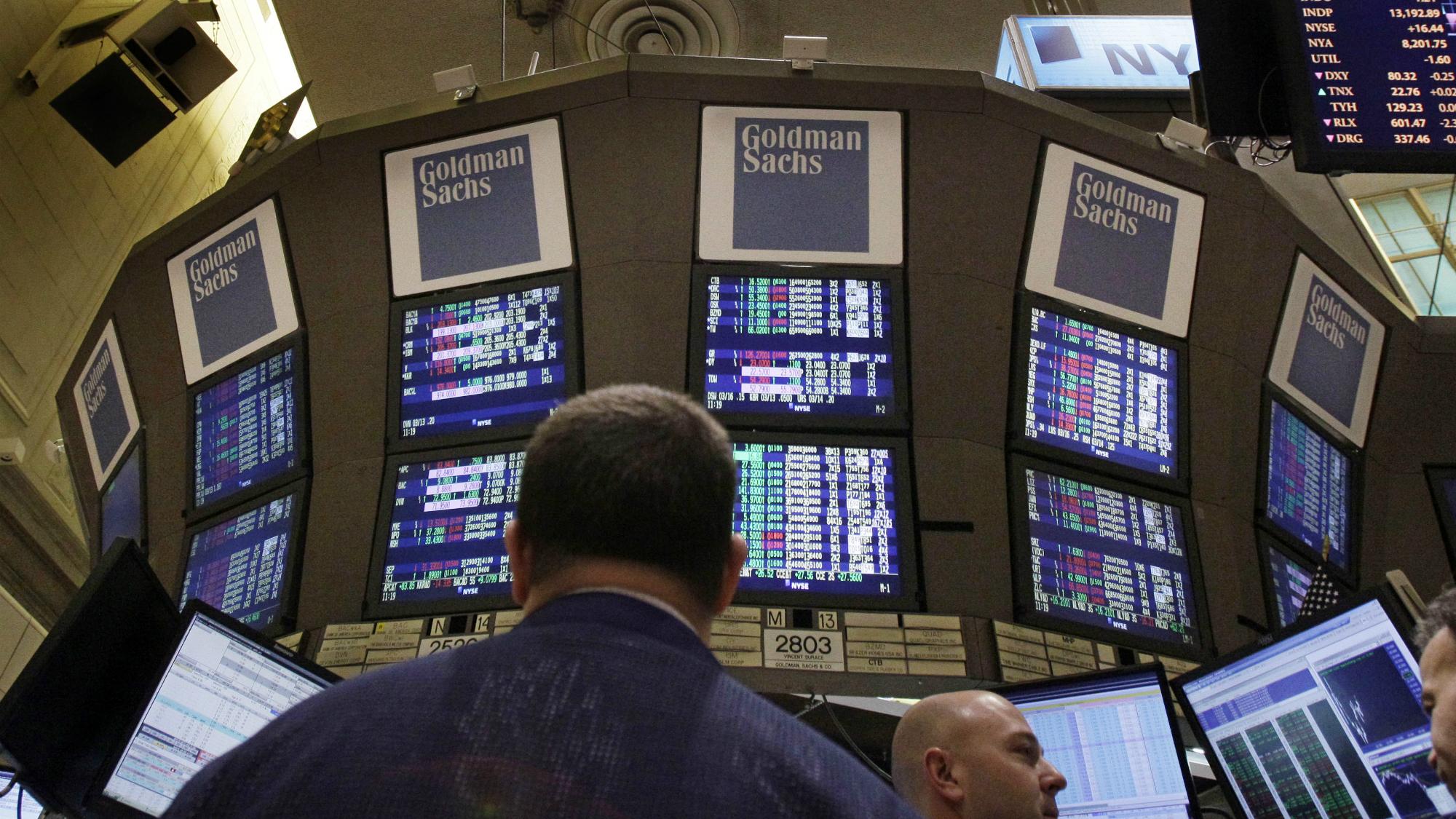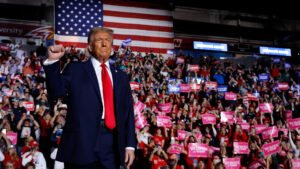We, along with many other similarly-branded first world publications, do a decent bit of writing about Goldman Sachs. It looks something like this:
10 Books Goldman Sachs Executives Say You Must Read This Year
The Unofficial Goldman Sachs Christmas Gift Guide
77 Rules For Being A Man (According To Goldman Sachs Elevator Gossip)
However, you have to wonder what there is to know about this bank that has essentially become a microcosm for the whole of Wall Street aside from, you know, the books executives recommend and the slightly controversial talk that takes place in its metaphorical elevators (it has real elevators where real talk occurs but The Goldman Sachs Elevator Gossip twitter is, to society’s relief, a parody).
Goldman has become a shorthand—a name that effectively stands for the pinnacle of Wall Street. As a result of this branding, it’s probably the most oft-referenced firm on all of Wall Street and thereby likely in all of the world. If you want to know more about Goldman than the books recommended by its execs or the gossip and gift guides, here’s a reading list to make you an expert on all things Goldman Sachs.
Books
Money and Power: How Goldman Sachs Came to Rule the World
Authored by William D. Cohan, “Money and Power” tells the story of the firm from its humble beginnings as a family business in a lower Manhattan basement in 1869 to its current power and glory. There’s also a hard-hitting look into how it managed to get through the financial crisis of 2008 in better shape than most of its competitors.
Goldman Sachs: The Culture of Success
Lisa Endlich, a former Goldman Sachs vice president, draws on her insider knowledge and access to all levels of management to bring into literary light a firm known for its mystique. She uses the story of how Goldman Sachs reached its summit to unpack some of the most stunning accomplishments in modern American finance. This book provides a rare look inside of the institution that was, until recently, the last private partnership on Wall Street and explores the interworkings of the financial world at its highest levels.
The Partnership: The Making of Goldman Sachs
Charles “Charley” D. Ellis’ book is the fascinating story of Goldman’s rise to power through the challenges of changes in markets, competition, and regulation. It tells the personal history of the men and women who built the world’s leading financial powerhouse from a firm that was disgraced and nearly destroyed in 1929, limped along as a break-even operation through the Depression and WWII, and, with only one special service and one improbable banker, began the half-century-long rise that took Goldman Sachs to global leadership.
Noncompliant: A Lone Whistleblower Exposes the Giants of Wall Street
Definitely a more critical read than the above offerings, Carmen Segarra’s “Noncompliant” is her personal account of trying to supervise Goldman Sachs when she was working at the Federal Reserve Bank of New York, from which she was fired for pushing too hard on Goldman. She chronicles being appalled by the relationships between the big banks and the government bodies set up to regulate them.
Billion Dollar Whale: The Man who Fooled Wall Street, Hollywood and the World
Bradley Hope and Tom Wright’s bestseller about the legendary 1MDB scandal exposes how Jho Low, a “modern Gatsby”, swindled over $5 billion USD with the aid of Goldman Sachs in what many refer to as the heist of the century. Named a Best Book of 2018 by the Financial Times and Fortune, this New York Times bestseller is an epic tale of white-collar crime on a global scale. Funnily enough, Low, who used his swindled money (before he got caught) for a wide variety of things (financing elections, purchasing luxury real estate, throwing champagne-drenched parties), was the financier behind The Wolf of Wall Street film.
Greg Smith, a former Goldman vice-president, was not the most popular name in the GS building after he published this book in 2012. Why I left Goldman Sachs is his much-longer follow-up to an opinion piece he wrote for the New York Times about how the Goldman “culture” had lost its way leading up to the financial crisis.
Articles
The Great American Bubble Machine
Though there are a great number of articles about Goldman Sachs out there in the digital world, Matt Taibbi’s The Great American Bubble Machine, published in Rolling Stone, is probably one of the funnier ones. To give you a taste, Taibbi describes Goldman as “a great vampire squid wrapped around the face of humanity, relentlessly jamming its blood funnel into anything that smells like money.”
Published in December of 2009 in Vanity Fair by Bethany McLean, an editor at large tasked with covering the financial crisis of 2008, The Bank Job examines the disconnect between the way Goldman Sachs sees itself (they’re the smartest) and the way everyone else sees Goldman (they’re the smartest, greediest, and most dangerous). She questions C.E.O. Lloyd Blankfein, C.O.O. Gary Cohn, and C.F.O. David Viniar, among others, to ask the hard questions and get some surprising answers.
Did Goldman Sachs Overstep in Criminally Charging Its Ex-Programmer?
Michael Lewis, a well-known financial journalist and bestselling non-fiction author, unpacks the arrest Sergey Aleynikov, a former high-level coder at Goldman Sachs (one of approximately 45 people with administrative access in the firm of nearly 33,000). Exactly what he’d done neither the F.B.I., which interrogated him, nor the jury, which convicted him a year later, seemed to understand. But Goldman had accused him of stealing computer code, and the 41-year-old father of three was sentenced to eight years in federal prison. In writing this article, Michael Lewis holds a second trial.
The Inside Story: Jon Corzine’s Reckless Gamble
Bryan Burrough, William D. Cohan, and Bethany McLean join forces to investigate what set Jon Corzine, former head of Goldman Sachs, to ruin. The man had a prior history of crashing and burning. He was ousted as head of Goldman Sachs in 1999, bounced as New Jersey governor a decade later and even literally shattered in a near-fatal car accident in 2007. This article deals with the $40 billion implosion of his brokerage firm, MF Global—a scandal quite difficult to professionally survive.
Possibly the best (very long) magazine article ever written about Goldman Sachs, from the inestimable E. J. Kahn, in the New Yorker, this article delves into how longtime Goldman senior partner Sidney Weinberg was involved in the McKesson & Robbins scandal. To avoid being sued for negligence following a high-dollar swindle, Weinberg and partners avoided litigation by voluntarily bolstering up the company with a gift of $600,000, of which Weinberg provided around $75,000.
Source: Quartz















